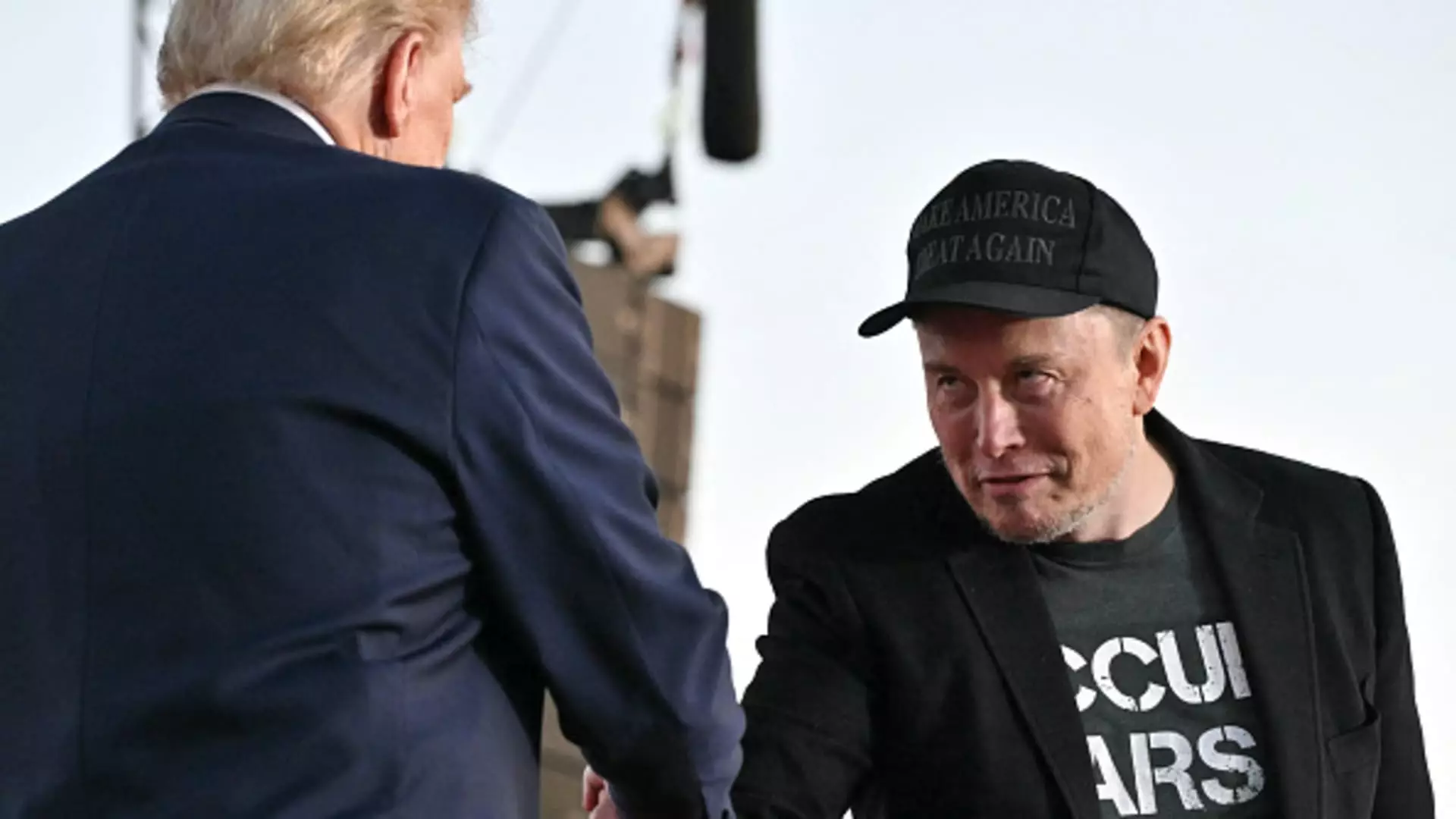On an otherwise typical Monday, Tesla shares experienced a significant boost, rising by nearly 8%. This surge was spurred by a report suggesting that the incoming Trump administration is prioritizing the establishment of a federal framework for regulating self-driving vehicles. The potential impact of such a framework on both Tesla and the broader autonomous vehicle market cannot be overstated. Investors reacted swiftly, recognizing that regulatory clarity could pave the way for increased innovation and market penetration in the self-driving sector.
The power of regulatory frameworks to shape entire industries is evident, especially in rapidly evolving fields like autonomous vehicle technology. A clearer set of rules could enable not only companies like Tesla but also myriad startups working on self-driving solutions to operate with more certainty and direction. This fosters an environment conducive to investment and innovation, crucial in a sector where technological advancements and hefty capital investments are the norms.
Elon Musk’s close relationship with Donald Trump serves as a critical backdrop to this discussion. Musk previously championed Trump’s return to the presidency, and the tech giant’s influence is now poised to play a pivotal role in shaping federal policies surrounding autonomous vehicles. With Trump’s recent establishment of the Department of Government Efficiency, or “DOGE,” the focus appears set on dismantling excessive bureaucratic hurdles that have historically slowed technological advancement in the transport sector.
However, the appointment of controversial figures, including former Uber executive Emil Michael, raises questions about the motives and operational strategies of this new department. While the promise of reduced regulations and a streamlined developmental process is enticing, it is essential to consider the implications of appointing individuals inherently linked with the private sector—are we risking the prioritization of corporate interests over public safety? The balance between innovation and regulation is delicate, and missteps could lead to lapses in safety protocols, potentially compromising the very advancements being celebrated.
The landscape of autonomous vehicles is competitive, marked not only by ambitious promises but also by varying degrees of success among key players. Tesla’s vision of a fleet of fully autonomous “robotaxis” has captured the imagination of both the public and analysts alike, especially following recent unveilings such as the Cybercab. Yet, the road to achieving truly driverless technology is filled with challenges. Tesla’s promise of unsupervised Full Self-Driving capabilities by next year, especially in advanced markets like Texas and California, remains contentious amidst skepticism regarding their current “supervised” model, which still requires a human driver.
In contrast, competitors like Waymo have made notable strides in deploying self-driving cars on public roads. Waymo’s head start serves as a reminder that Tesla is not the only player vying for this burgeoning market. The disparities in progress raise critical questions about the strategies employed by these companies: while innovation is imperative, the pace must also prioritize safety and accountability. Speed without caution can lead to public backlash and regulatory scrutiny that may stifle future advancements.
As the potential for a federal regulatory framework for self-driving vehicles develops, collaboration among stakeholders will be essential. This includes coordination between government entities, the automotive industry, safety experts, and the broader public. A holistic approach to policy-making—one that prioritizes safety while fostering innovation—will be critical if we wish to avoid pitfalls that other sectors have faced in similar transitions.
The perception of autonomous vehicles must be carefully cultivated to gain public trust and acceptance. Education on the capabilities and safety measures surrounding these technologies is vital in ensuring a smooth transition. Furthermore, as the regulatory environment evolves, active public engagement and feedback mechanisms can help shape laws that meet the needs and concerns of all stakeholders, ensuring a successful integration of autonomous vehicles into daily life.
The realm of self-driving vehicles stands at a precipice, fueled by developments in policy and technology. While the partnership between influential figures can catalyze significant change, it is the thoughtful harmonization of innovation and regulatory oversight that will ultimately define the future of autonomous transportation. The race is on, and the stakes are high.

